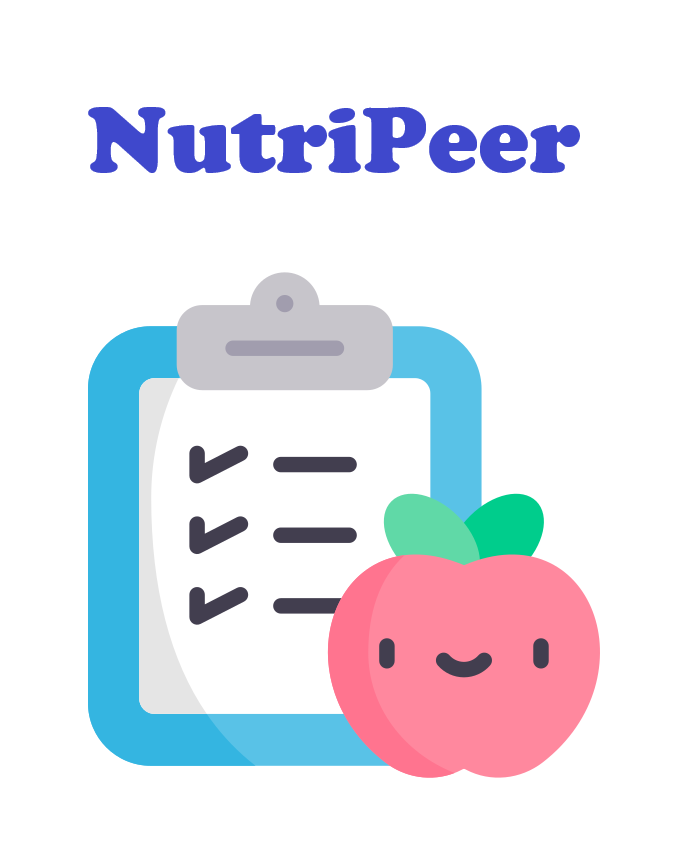Most of the persons who download a health-related mobile application tend to use such applications for a few months at most, before losing interest in it [1]. This project aimed to help find design principles and features that would help increase the use of health-related mobile applications. To achieve this, an application – NutriPeer – was created specifically for this project.
One of the main features of NutriPeer is a recipe- sharing platform, where users could share their recipes with other users, and therefore the pattern of offering the same advice, is broken. Another method to try to increase the duration of the interest in using the mobile application was by performing a survey before designing the application to determine what prospective users would like a nutrition- oriented mobile application to include, but also to facilitate usability testing once the application was developed.
During the development phase, it was ensured that the design principles in Material Design [2],along with coding best- practices, were duly observed. At the requirements gathering stage, a survey was conducted asking potential users about which features they would like to see in a nutrition-oriented application that would motivate them to use the application, since no participant was using a nutrition-oriented mobile application. The most sought-after feature was a barcode scanner to log food consumption, given the perceived ease of use of such a feature. Another request was to include a recipe-sharing function, through which users could post and share their recipes, allowing other users to rate them according to their view of the recipe. Subsequently, usability testing was performed to ensure that the application would meet user expectations when seeking to use a nutrition-oriented mobile application. This was conducted by giving participants access to NutriPeer for a pre-set period of time, at the end of which user feedback was sought through a set of questions.

The application developed for this project includes the function to keep a log of food items that the user has consumed during the day, while giving an indication of the required daily intake of nutrients such as carbohydrates, protein, fibre and fat, as well as offering recipes to help the user achieve the recommended nutrient intake as suggested by the World Health Organization (WHO) [3]. Due to a high demand in the requirements gathering phase, the application also includes a water-intake diary to facilitate keeping track of the amount of water users would have consumed during the day.
References/Bibliography:
[1] K. Anderson, O. Burford, and L. Emmerton, ‘Mobile health apps to facilitate self-care: A qualitative study of user experiences’, PLoS One, vol. 11, no. 5, pp. 1–21, 2016.
[2] ‘Design – Material Design’. [Online]. Available: https://material.io/design. [Accessed: 25-Aug-2020].
[3] ‘WHO | 5. Population nutrient intake goals for preventing diet-related chronic diseases’, WHO, 2007. [Online]. Available: https:// www.who.int/nutrition/topics/5_population_nutrient/en/#:~:text=1 Background,value” for such a goal. [Accessed: 25-Feb-2020].
Student: Abigail Cortis
Course: B.Sc. IT (Hons.) Software Development
Supervisor: Dr. Lalit Garg
